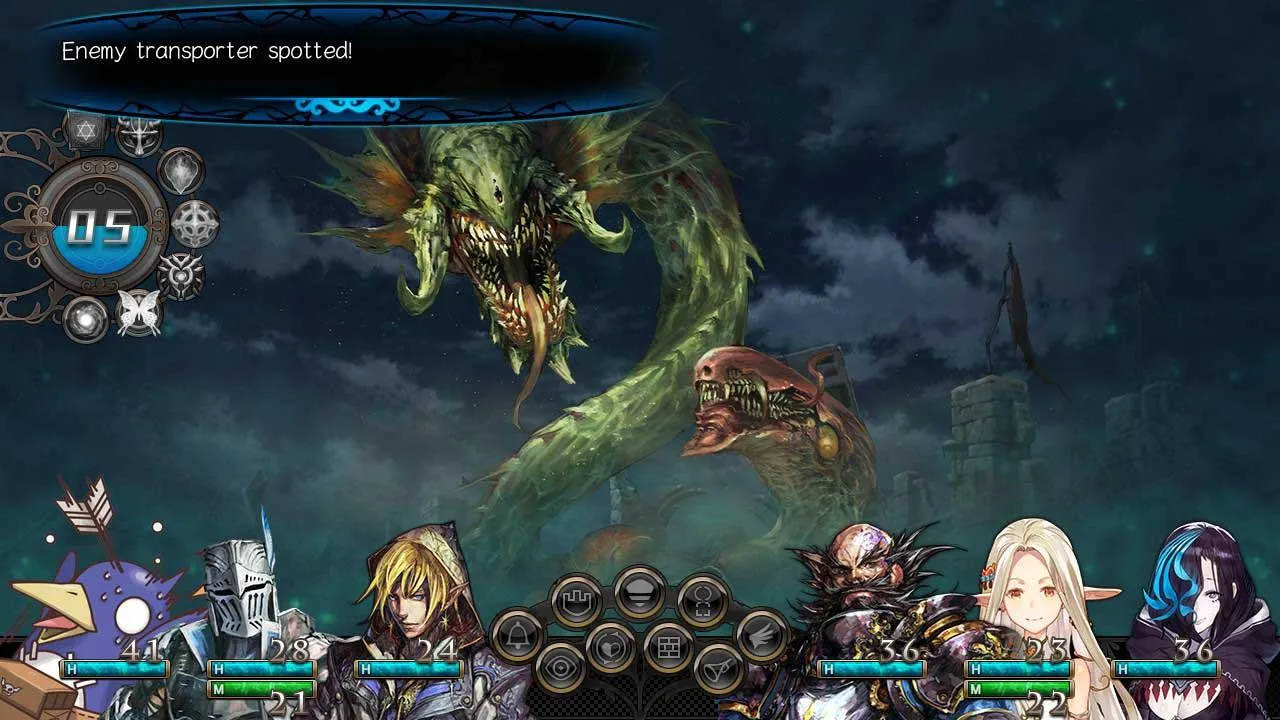
Stranger of Sword City: A Classic Dungeon Crawler Returns
The RPG landscape has evolved dramatically. Modern gamers often envision sprawling open worlds like Skyrim or The Witcher 3, the realistic graphics of Final Fantasy XV, or the massive scale of MMORPGs like Black Desert Online. But amidst this evolution, the allure of classic RPG elements, such as random encounters, intricate character building, sprawling dungeons, and turn-based combat, remains strong. Stranger of Sword City, developed by Experience Inc. and published by NIS America, embraces these classic elements, offering a nostalgic experience for fans of old-school dungeon crawlers. Initially released on the PS Vita, the game has now made its way to PC via Steam. But can this classic formula thrive in the demanding PC gaming environment?
 Character creation screen in Stranger of Sword City
Character creation screen in Stranger of Sword City
Embracing the Dungeon Crawler Legacy
Stranger of Sword City transports players to a parallel world brimming with magic, where ordinary people can find themselves thrust into this fantastical realm through unforeseen accidents. Dark forces reign in this world, and internal conflicts simmer between its various races. Those who arrive from the ordinary world are known as “Strangers” and possess mystical abilities that grant them significant power. As a Stranger, players are quickly drawn into a power struggle within a Stranger association tasked with vanquishing demonic entities. Simultaneously, they must unravel the mysteries of this world and seek a way back home.
Character creation in Stranger of Sword City harkens back to classic RPGs, allowing players to customize their character’s stats, age, and class. However, this initial choice holds less weight than it might seem, as players can freely change classes throughout the game. This flexibility allows for experimentation and adaptation to different challenges.
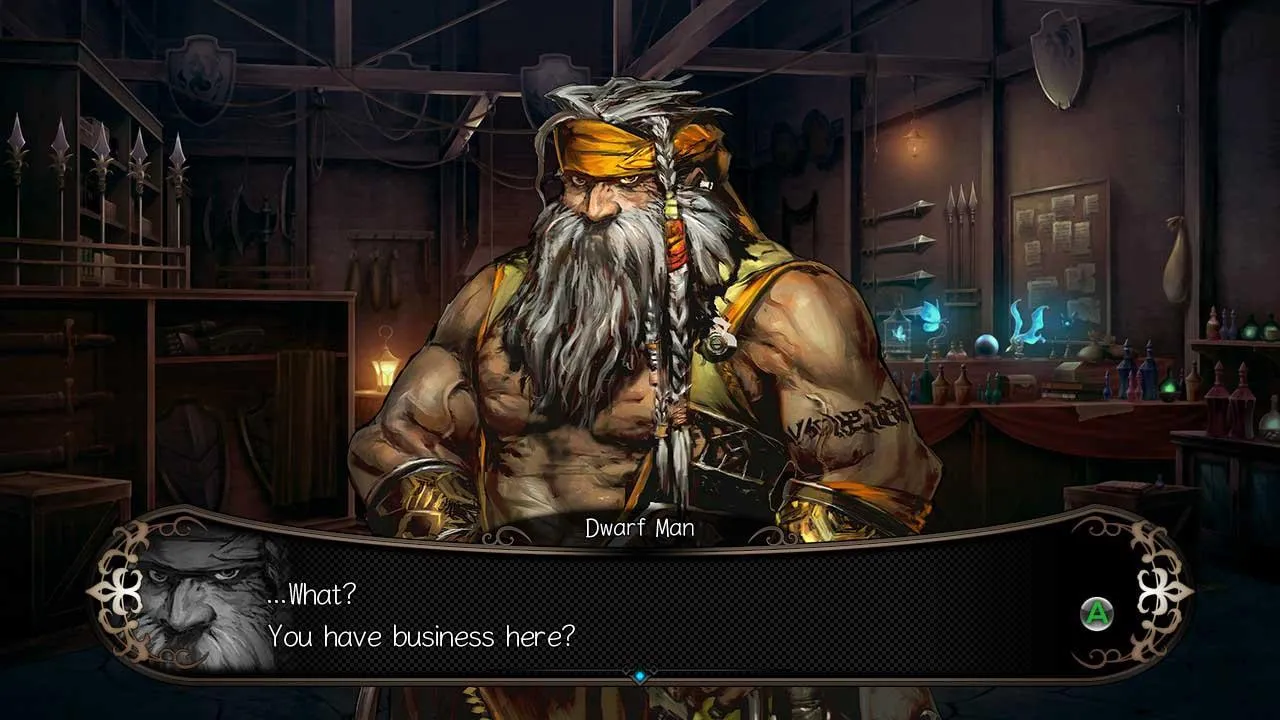 In-game combat screenshot showcasing turn-based combat
In-game combat screenshot showcasing turn-based combat
After the introductory sequence, players assemble a party of companions. Strategic players will strive for a balanced team composition, including tanks, damage dealers, and healers. However, the game allows for unconventional approaches, such as a party comprised entirely of mages, offering a high-risk, high-reward playstyle.
Combat in Stranger of Sword City is turn-based, with the player’s party divided into front and back rows. Positioning and weapon range are crucial considerations, as a misplaced fighter will be rendered ineffective.
The game world consists of a labyrinthine network of dungeons, presented from a first-person perspective. Navigation requires careful attention to direction, map layout, and points of interest, allowing players to strategically ambush enemies or avoid danger. The dungeons are fraught with peril, from debilitating traps to formidable monsters that can easily overpower an unprepared party.
A Distinct Visual Style
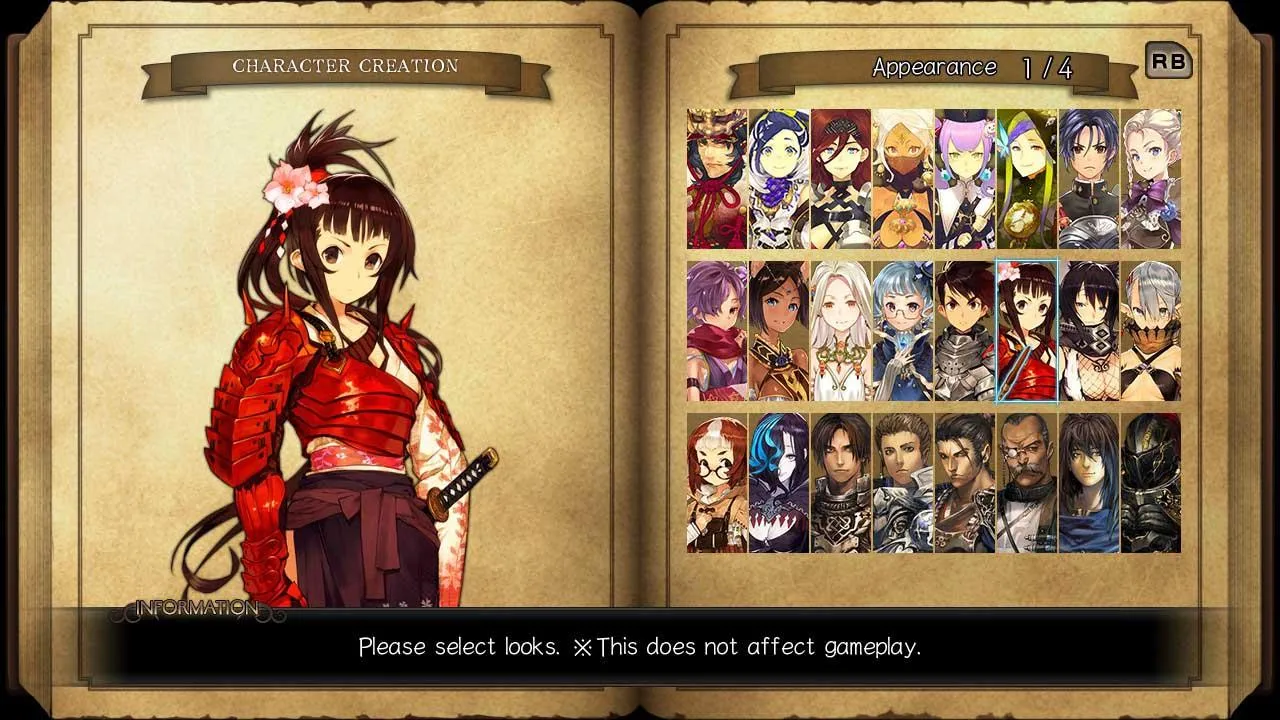 Exploring a dungeon in Stranger of Sword City
Exploring a dungeon in Stranger of Sword City
Dungeon crawlers often prioritize gameplay over graphical fidelity. Stranger of Sword City, however, presents a unique visual approach, blending 3D dungeon environments with 2D character portraits, interfaces, and combat sequences.
The 3D environments, while functional, are not particularly impressive. The grid-based movement system necessitates a blocky aesthetic, resulting in somewhat unnatural visuals. The 2D elements, however, are a standout feature. The character and monster designs are meticulously crafted, showcasing a high level of artistry. The visual style elevates the overall experience, preventing the game from feeling visually dated.
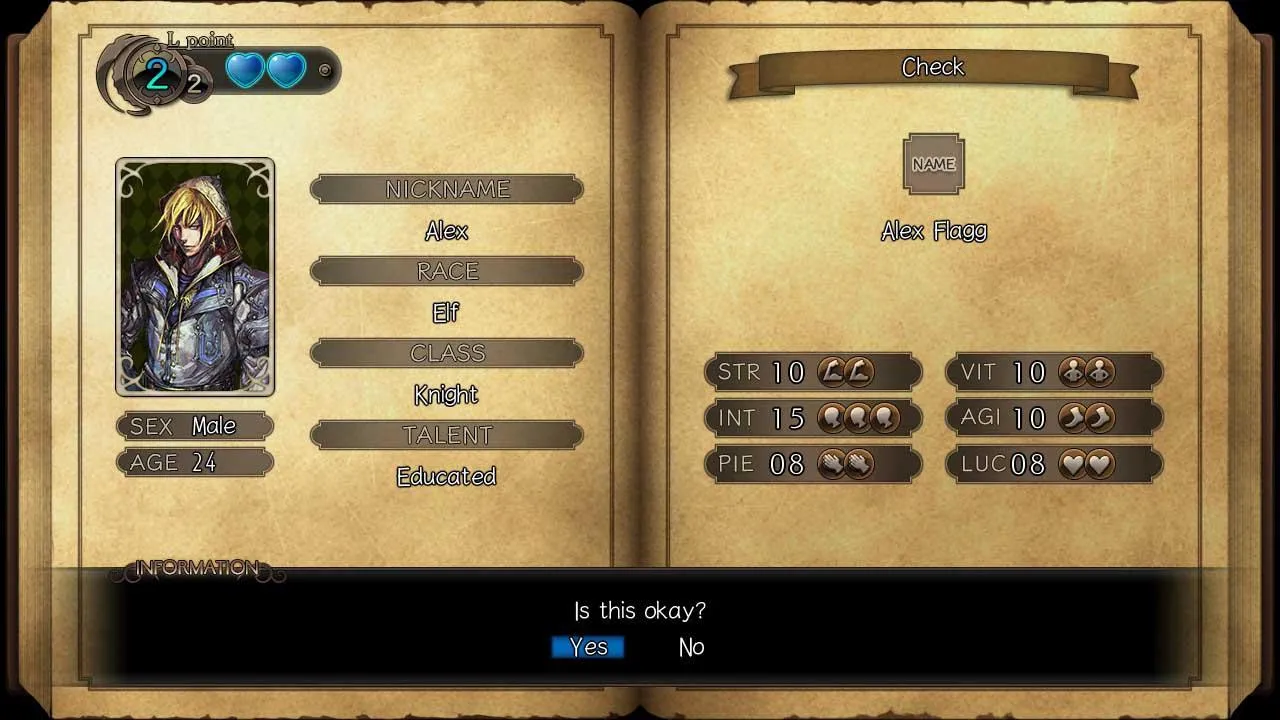 Combat encounter in Stranger of Sword City
Combat encounter in Stranger of Sword City
Minor Drawbacks
One notable issue is the game’s inability to display in full-screen mode, potentially due to compatibility issues. While playing in windowed mode doesn’t significantly impact gameplay, it can be a minor annoyance.
The game also inherits some of the inherent limitations of the classic dungeon crawler genre, such as repetitive combat sequences and simplistic animations. While nostalgic for some, this might not appeal to all players.
Finally, the character creation system, while offering flexibility, lacks a sense of personal connection. The ability to import custom portraits and freely change classes can diminish the player’s sense of ownership over their character.
Conclusion
Stranger of Sword City delivers a nostalgic dungeon crawling experience, embracing the classic elements that define the genre. While the 3D graphics are underwhelming, the stunning 2D art and engaging gameplay compensate for this shortcoming. Despite some minor drawbacks, Stranger of Sword City offers a compelling experience for fans of old-school RPGs and those seeking a challenging and rewarding dungeon crawler.
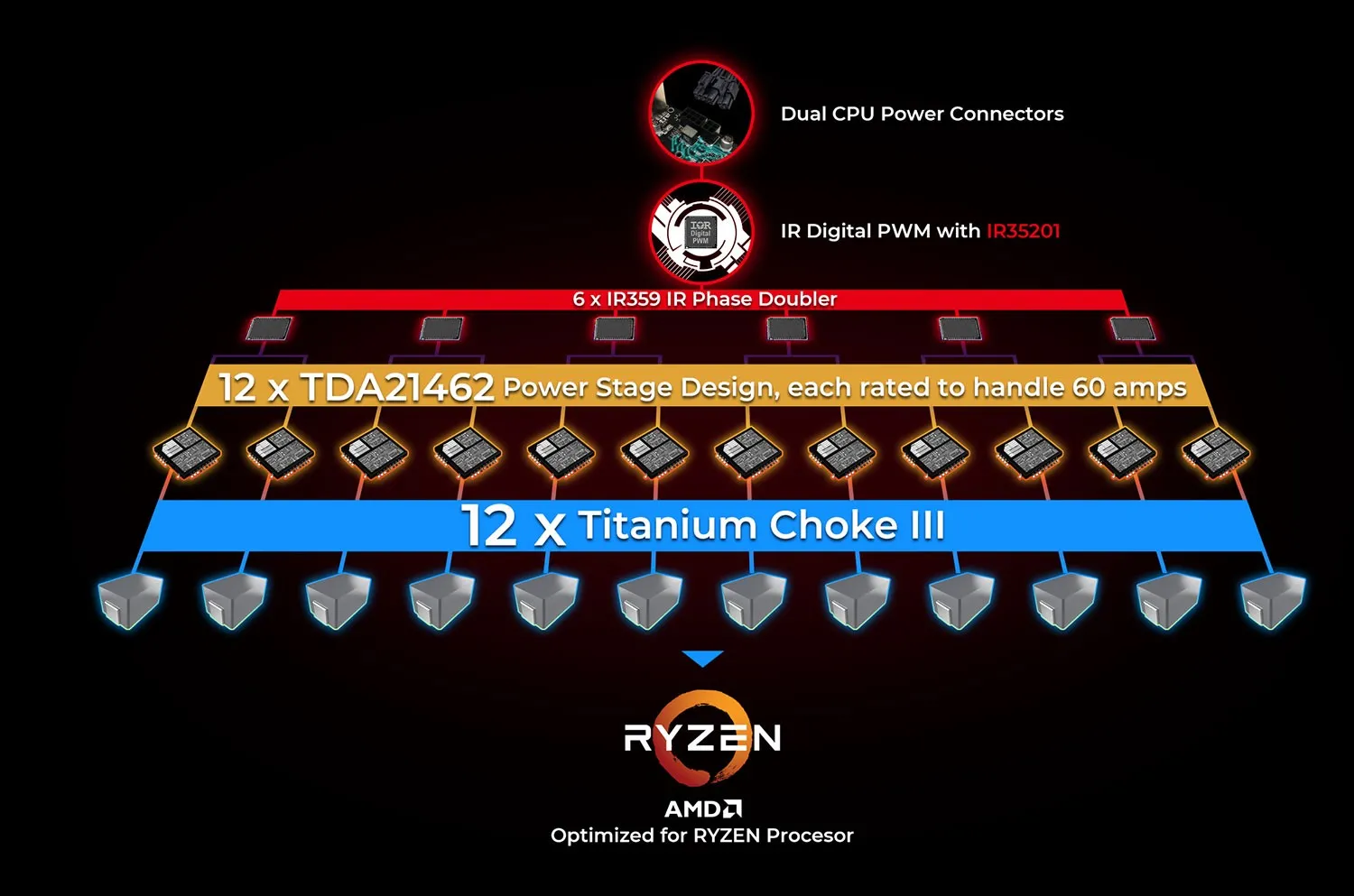
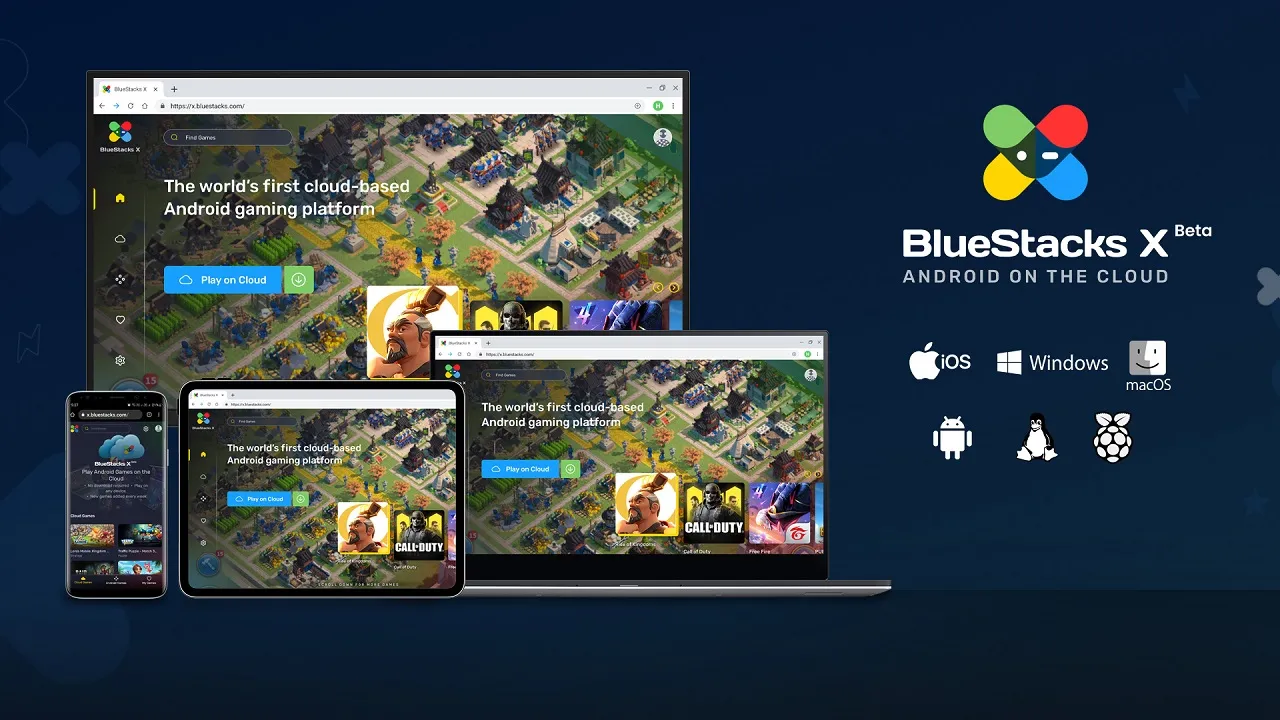
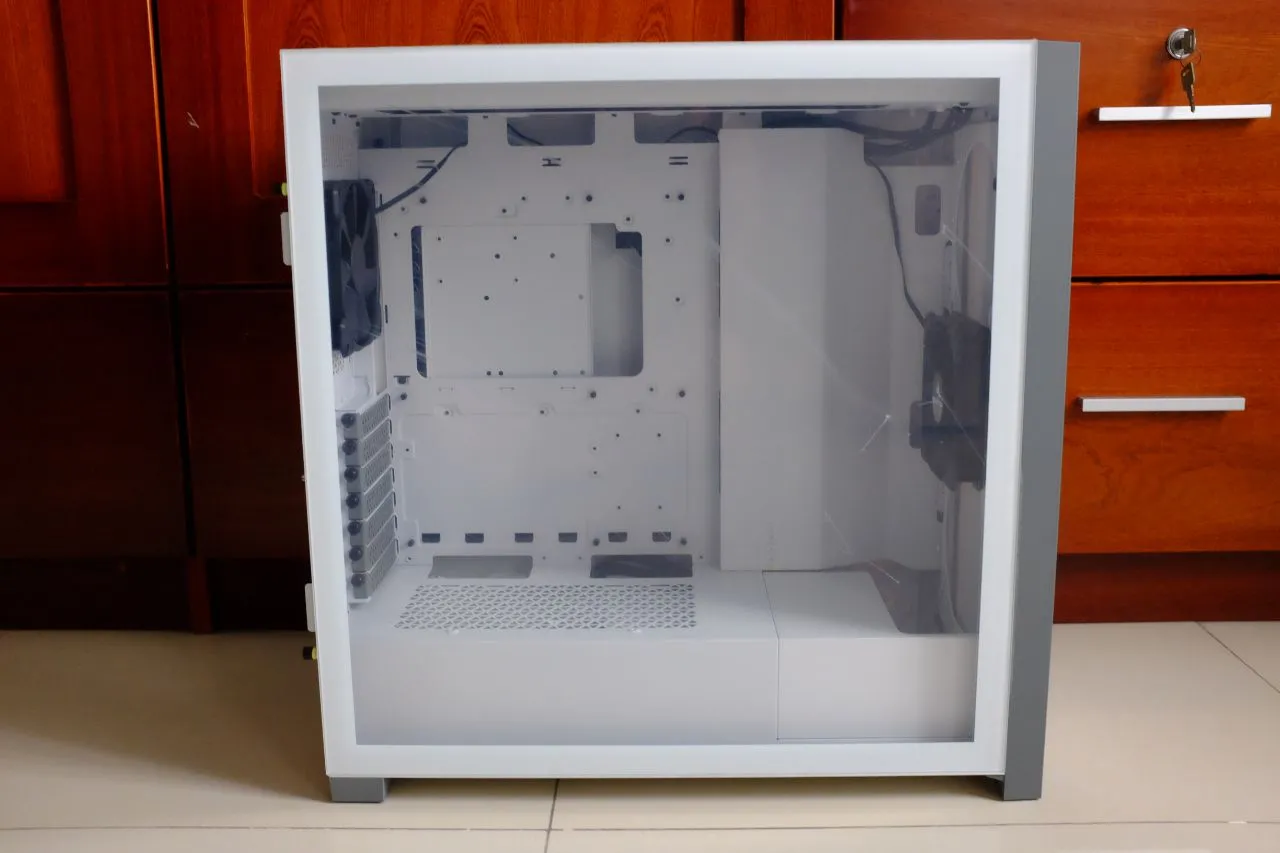
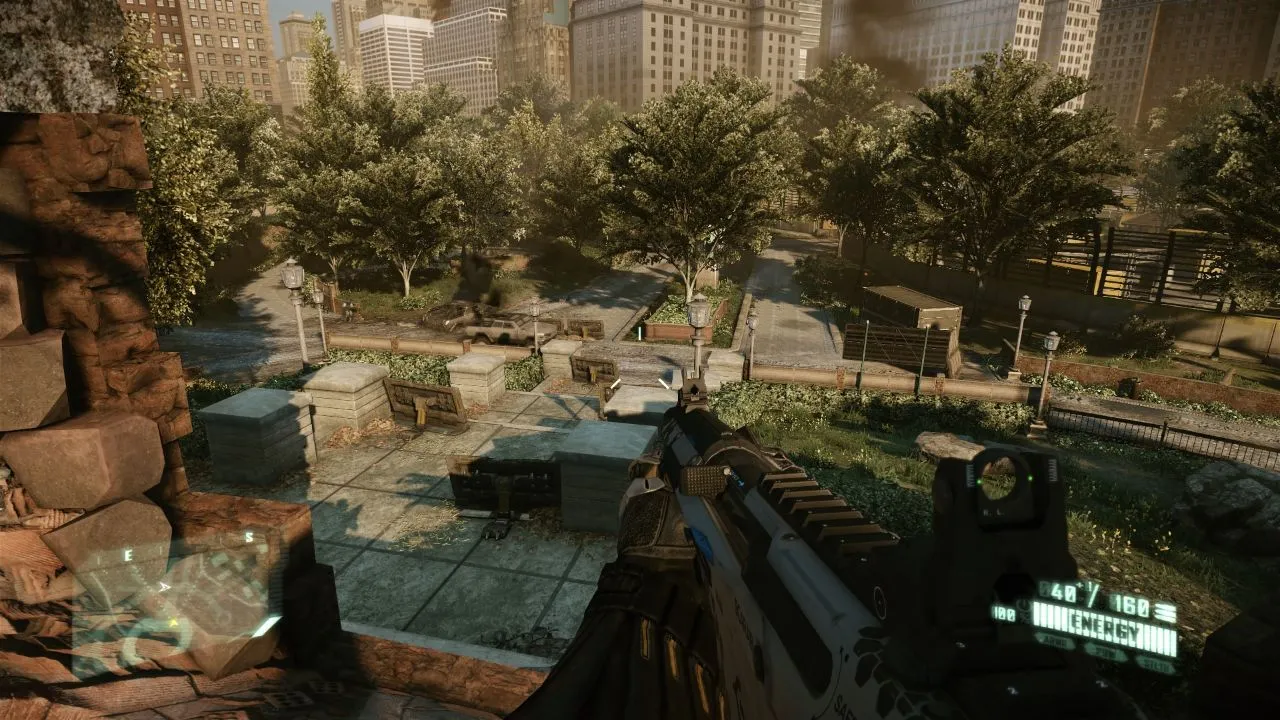
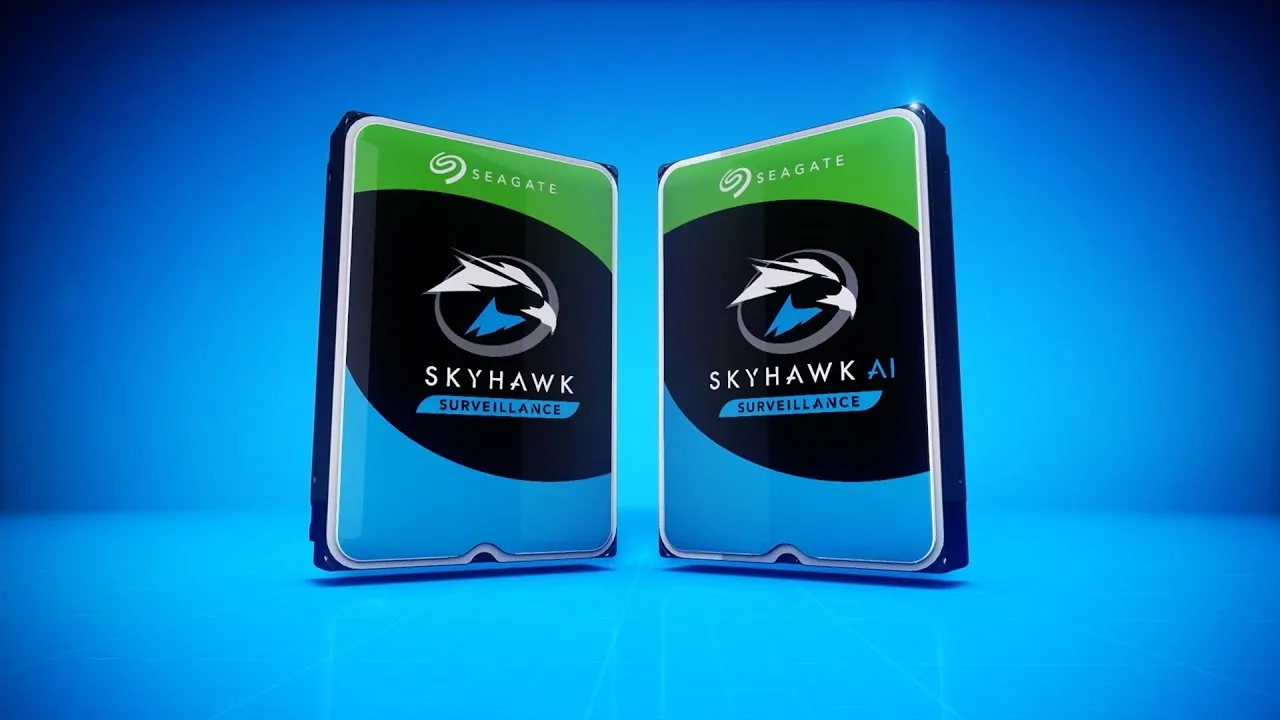
Comments (0)